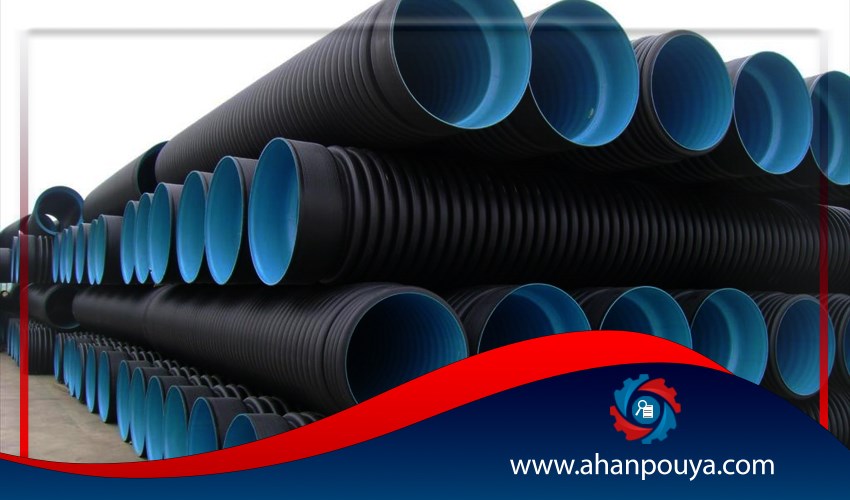
The pipe is bonded with water, which means that when we talk about the pipe, the water pipe unconsciously and the role of the pipes in the water supply comes to mind .
However, different types of pipes are tailored to their function, material and quality in various industries such as oil and gas, petrochemical, medical, chemical, agriculture, machinery, etc.
But the role of water pipes and sewage discharge in the construction industry, especially in terms of environmental considerations and in the field of resolving the problems that may be created for residents of residential, administrative and commercial units, is very important .
It's very important. For this purpose, first, it is better to have a brief familiarity with the types of pipes and water supply network in the building and then investigate the role of different types of pipes in this field .
Plumbing is a very important part of the construction of a building and doing it properly can prevent high costs and waste of resources, health and hygiene of people . Different pipes are used in building facilities according to the material, application and connection method .
Different types of building plumbing include :
1.Hot and cold water piping
2.Sewage plumbing
3.Plumbing Radiator & Package
4.Gas Plumbing
In the meantime, the role of hot and cold piping as well as sewage in the water supply network of the building is of particular importance .
The water supply network of buildings can be described in the following format :
1.After the water meter, the water pipe is disconnected to the valve and the one-way valve is attached at the entrance of the building .
2.Then, according to the piping network and water supply equipment used in the building , the piping path is determined .
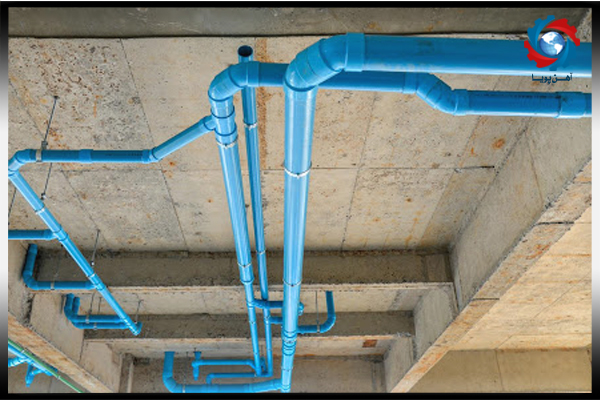
3.Water from the lowest part of the piping network with the main branch, first divided into drain valve and header and separated from the header, ramifications for the preparation of hot water consumed and cold water feeding pipes of the floors and basement. If the hardware is used in the central heating and air conditioning system, another branch will be considered .
4.The outlet hot water pipe from the hot water source with the pipe enters the services and feeds the sanitary equipment .
5.In multi-unit buildings, one or more paths are usually considered for the elevation of water pipes , each of which the Riser pipes must have manually disconnected valves at the beginning of the route .
According to the above, any disturbance in the water supply system of a building, due to the use of pipes with inappropriate material, quality and plumbing, will have very unpleasant consequences for residents .
Extensive developments in the water supply network in recent years, the expansion of construction, especially residential and commercial complexes with multiple units, the use of new equipment and technologies in the field of building facilities, especially plumbing and the problems of using concrete and cement pipes, are the four main factors of using suitable and modern pipes for sewage and drinking water systems .
Concrete pipes and cement asbestos due to the high cost of its maintenance and environmental problems, have been used for many years in water supply and sewage collection . Also, the transfer of drinking water through suitable pipes should have at least two stainless characteristics and prevent water contamination .
For this reason, today the pipes used in water supply and sewage collection are plastic or iron pipes, and concrete and cement pipes have been replaced by galvanized steel pipes, cast iron and plastic or polymer to transfer water from homes, places and small water systems .
Now we describe each of these sections according to their application .
Galvanized is a manufacturing process in which zinc coating protects steel or iron and prevents rust . Therefore, galvanized steel is a simple and effective way to protect iron from climate-related degradation . The color of galvanized products are often dark gray .
One of their most important applications is the use in the water supply system of houses with diameters of 5 to 8 inches, which can be used to convert diameters from connections .
Fittings are parts that are used when piping hot and cold water in the field of connecting pipes to each other, changing the direction of sections, splitting and converting the diameter of sections. Of course, galvanized iron pipes are also made of white iron and put in molten metal .
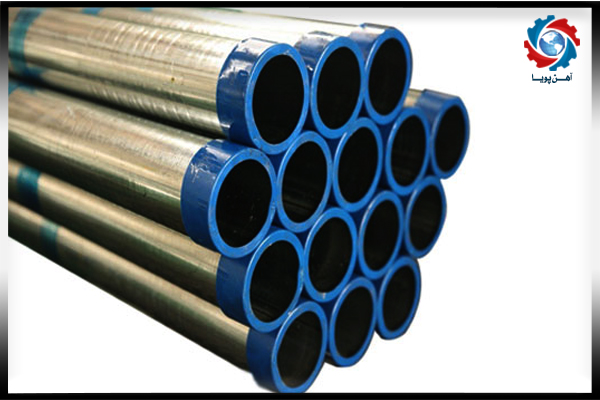
1.Galvanized Steel Pipe
2.Galvanized Iron Pipe
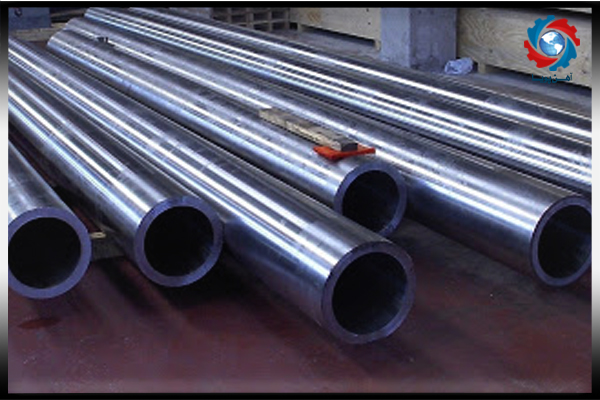
These sections in the market are known as white iron pipes and there is not much difference between them. They have a lot of strength and strength and having a light weight is one of its features .
For this reason, they have also been used in the water supply system. In many cases, however, galvanized pipes in water installations have been replaced by polymer pipes .
Polymer pipes are used in industry and construction facilities, including water supply, due to myriad properties and advantages . Special chemical and physical properties, high resistance, convenient installation and less cost are among the advantages of polymer pipes for water supply and wastewater system .
Lower pressure drop, high flexibility, electricity failure, health properties and resistance to microbiological attacks and negligible sedimentation are other advantages of these sections .
To remove this limitation, at some point, a combination of polymer and metal is used which determines the physical, chemical and mechanical properties of the pipe based on its type of use . However, polymer pipes are among the most popular products of industry activists, especially construction facilities .
Currently, in irrigation and water supply systems, sewage discharge, water distribution in horticulture, factories, livestock, industrial and chemical effluents, food processing industry, etc. Polymer pipes are used . Importantly, these polymer products have now replaced galvanized pipes in hot and cold water facilities .
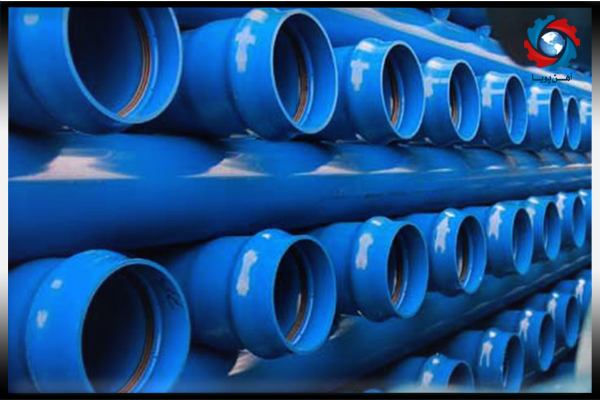

Ahan Pouya with more than a decade of best-selling experience, adheres to professional and ethical principles in the field of selling and buying at inside and outside the borders of Iran, helping you in the steel industry.